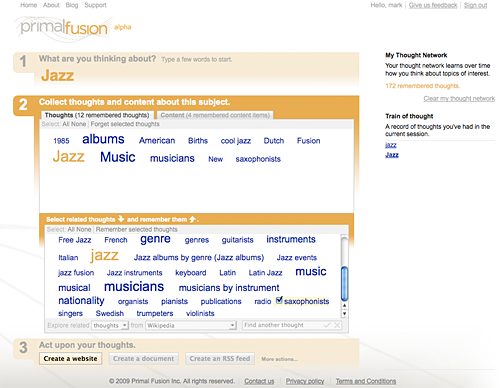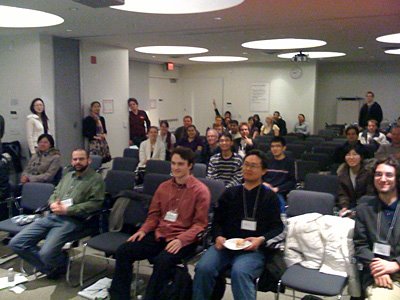At Primal Fusion we use Scrum to manage the development work that we do. Since launching at DEMO in March we’ve released weekly updates to our Thought Networking product, and sometimes released more often! That’s a brisk pace that we plan to maintain, as a great benefit of Scrum is that you get functionality out in increments and start to get feedback right away. It’s quite a rewarding approach, and as a development manager I love the challenge.
As a long time user experience designer, though, I must confess that I do find it a challenge to reconcile Scrum with user-centered design practices. I’ve spoken with industry colleagues who find it a challenge as well, which is, I suppose, comforting at some level. Even so, it feels like we’re figuring out the right balance at Primal Fusion. One reason is that we’re always willing to try something at least once in our sprints to see if it helps us be more effective. Another is that we’re not afraid to make mistakes as long as we can learn from them and get better.
I’m still sorting out how we’re doing with the balance and how to articulate it. As I get clarity on it I’ll share what I discover.



